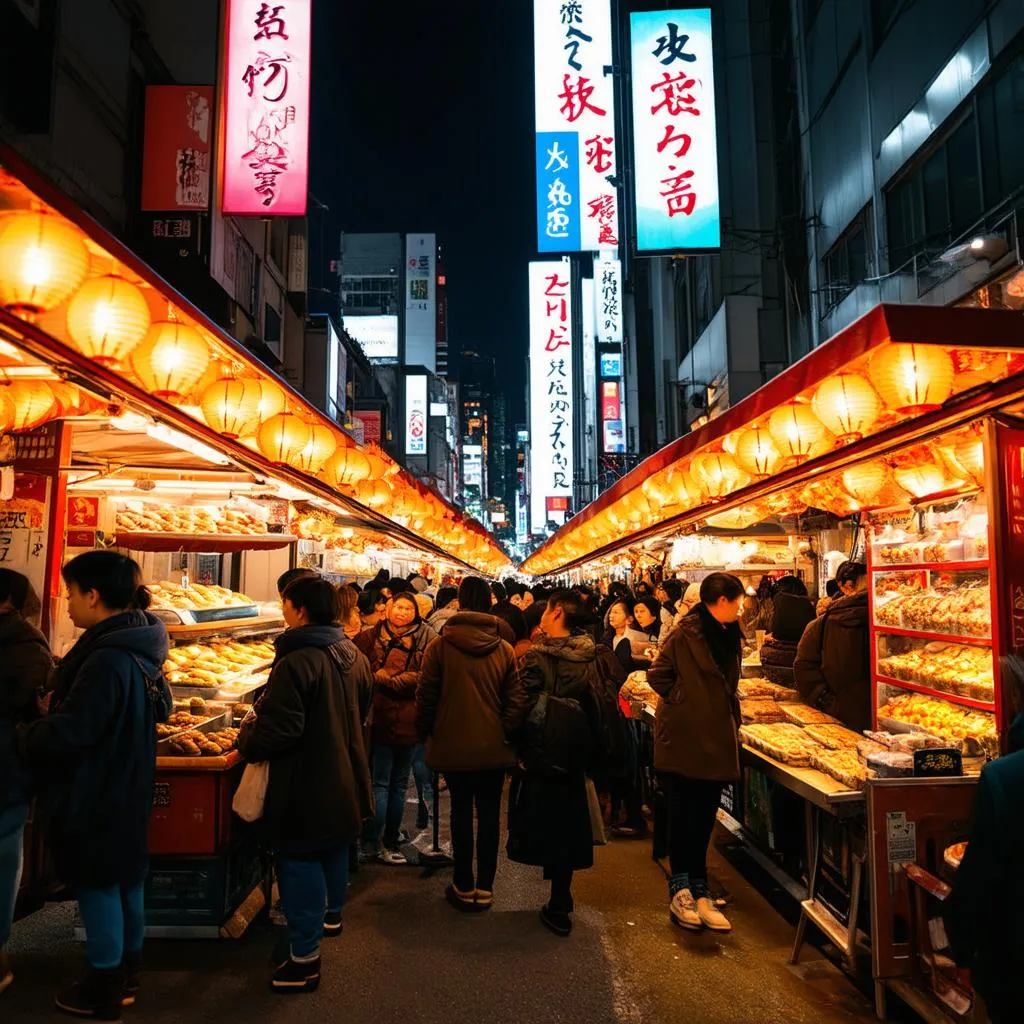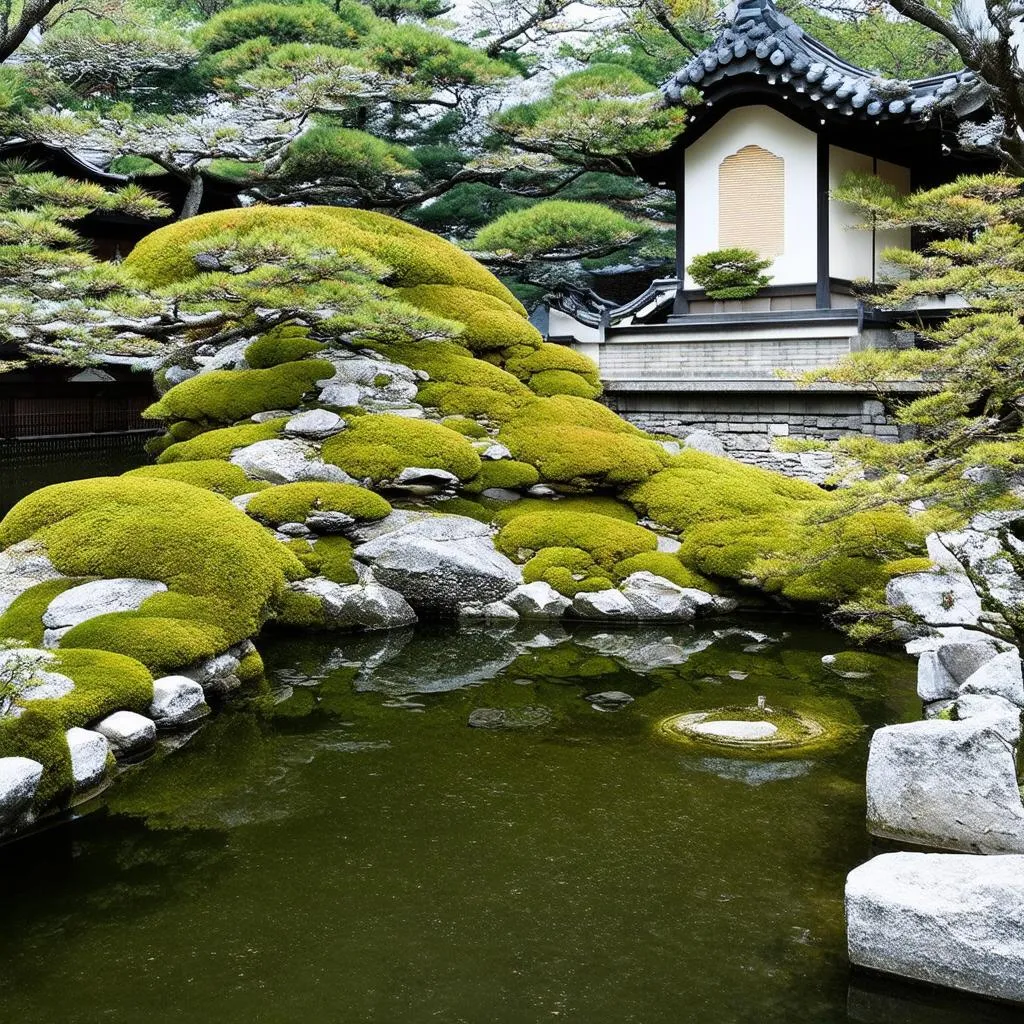So, you’re dreaming of towering Mount Fuji, serene bamboo forests, and vibrant Tokyo streets? Japan has always held a certain mystique for travelers, but a common question pops up: just how expensive is it? While Japan has a reputation for being pricey, don’t let that deter your wanderlust. With a little planning and insight, you can experience the Land of the Rising Sun without breaking the bank.
Unveiling the Costs: From Sushi to Shinkansen
Let’s break down the expenses you’ll likely encounter, from the moment you touch down at Narita International Airport to your last bowl of ramen:
1. Accommodation: Finding Your Perfect Zen Den
Budget:
- Capsule Hotels: A unique experience, perfect for solo travelers, around $30-50 per night. Imagine yourself nestled in a futuristic pod in the heart of Shinjuku!
- Hostels: Great for meeting fellow adventurers, with dorm beds starting from $20 per night.
- Airbnb: Offers a wide range of affordable options, from private rooms to entire apartments.
Mid-range:
- Business Hotels: Clean, functional, and well-located, starting from $80 per night.
- Ryokans (Traditional Inns): For a taste of authentic Japan, expect to pay upwards of $150 per night, often including breakfast and dinner. Picture yourself slipping into a Yukata and enjoying a steaming cup of green tea in a traditional tatami room.
Luxury:
- International Hotel Chains: Expect top-notch service and amenities, starting from $200 per night.
- Luxury Ryokans: Immerse yourself in opulence, with prices exceeding $500 per night.
2. Transportation: Navigating the Country with Ease
Japan Rail Pass: A godsend for exploring multiple cities, offering unlimited travel on JR trains, including the bullet train.
- 7-day pass: Around $280
- 14-day pass: Around $460
Local Transportation:
- Subway/Train: Individual rides cost around $1-3.
- Bus: Similar pricing to subways.
- Taxis: Convenient but pricey, starting from around $6.
Pro Tip: Purchase an IC card (like Suica or Pasmo) for easy and discounted travel on public transportation.
3. Food: A Gastronomic Adventure Awaits
Budget:
- Street Food: Delicious and affordable, indulge in takoyaki, ramen, and onigiri for around $5-10 per meal.
- Conveyor Belt Sushi: A fun and budget-friendly way to sample a variety, with plates starting from $1-2.
- Supermarkets & Convenience Stores: Great for grabbing snacks, drinks, and ready-made meals.
Mid-range:
- Izakayas (Japanese Pubs): Enjoy a lively atmosphere with small plates and drinks, averaging around $20-30 per person.
- Ramen Shops: Savor a hearty bowl of ramen for around $10-15.
Luxury:
- Fine Dining: For a truly special occasion, be prepared to spend upwards of $100 per person at Michelin-starred restaurants.
- Kaiseki (Traditional Multi-Course Meal): A culinary art form, with prices starting from $150 per person.
4. Activities: From Temples to Theme Parks
- Temples & Shrines: Entrance fees typically range from $3-5.
- Museums: Around $5-15 per person.
- Theme Parks (Disneyland, Universal Studios): One-day passes cost around $70-80.
- Hiking: Free! Lace up your boots and explore Japan’s stunning natural beauty.
Sample Daily Budget
- Budget Traveler: $50-80 (hostel, street food, local transportation)
- Mid-range Traveler: $100-200 (comfortable hotel, restaurant meals, some attractions)
- Luxury Traveler: $250+ (upscale accommodation, fine dining, exclusive experiences)
Planning Your Trip: Feng Shui for Auspicious Adventures
Incorporating elements of Feng Shui can add an extra layer of harmony and serendipity to your trip:
- Lucky Colors: Wear red or gold for good fortune.
- Auspicious Directions: When choosing your accommodation, face east for new beginnings or south for fame and recognition.
- Mindful Travel: Embrace the Japanese philosophy of “wabi-sabi,” finding beauty in imperfection and appreciating the journey as much as the destination.
Is It Worth It?
Japan may not be the cheapest destination, but its rich culture, stunning landscapes, and welcoming people make it an experience like no other. By being mindful of your budget and planning wisely, you can create a memorable journey that won’t break the bank.
FAQs: Your Japan Travel Queries Answered
Q: When is the best time to visit Japan?
A: Spring (March-May) for cherry blossoms and autumn (September-November) for vibrant foliage are popular choices.
Q: Do I need to speak Japanese?
A: While English is not widely spoken, you’ll find helpful signage and many locals in tourist areas have basic English skills.
Q: Is it safe to travel in Japan?
A: Japan consistently ranks as one of the safest countries in the world.
Q: How can I get around language barriers?
A: Download a translation app, learn a few basic Japanese phrases, and don’t be afraid to ask for help.
Ready to start planning your Japanese adventure? Check out TRAVELCAR.edu.vn for more tips, guides, and inspiration to help you create the perfect itinerary. Explore the bustling streets of Tokyo, immerse yourself in the ancient history of Kyoto, and marvel at the natural beauty of Mount Fuji – your unforgettable journey awaits!
 Tokyo Street Food Scene
Tokyo Street Food Scene
 Peaceful Japanese Garden
Peaceful Japanese Garden
